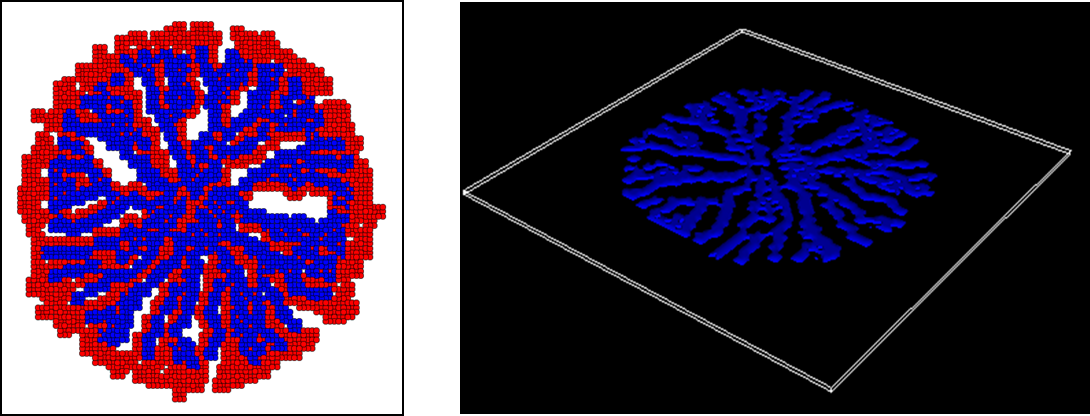Grantee Research Project Results
2013 Progress Report: A Multi-scale Dose-response Model of AHR Toxicity Pathway Activation in the Human Liver
EPA Grant Number: R835000Title: A Multi-scale Dose-response Model of AHR Toxicity Pathway Activation in the Human Liver
Investigators: Bhattacharya, Sudin , Andersen, Melvin E. , Clewell, Harvey , McMullen, Patrick
Current Investigators: Bhattacharya, Sudin
Institution: The Hamner Institutes
EPA Project Officer: Chung, Serena
Project Period: June 1, 2011 through May 30, 2015 (Extended to April 30, 2016)
Project Period Covered by this Report: June 1, 2013 through May 31,2014
Project Amount: $750,000
RFA: Computational Toxicology: Biologically-Based Multi-Scale Modeling (2010) RFA Text | Recipients Lists
Research Category: Chemical Safety for Sustainability
Progress Summary:
This year, we used supplementary Hamner funds to carry out a ChIP-seq study of genome-wide PPARα binding in primary human hepatocytes to supplement our gene expression studies in the same cell type. These two data sets were combined into a regulatory network as per the workflow devised in the previous year. This work, combined with downstream functional analysis of perturbed physiological processes, was written up into a manuscript, and submitted for publication in Chemico-Biological Interactions (subsequently accepted and published in 2014). It was also presented as a poster at the 2013 SOT Annual Meeting.
We applied the same workflow to TCDD-induced gene expression data from mouse hepatic tissue and a ChIP-chip study of genome-wide Ah receptor (AhR) binding in mouse liver, published by Tim Zacharewski’s laboratory at Michigan State University, to assemble an in vivo AhR regulatory network for the mouse liver (Figure 1).
The first step towards implementing a liver model in CompuCell3D was taken by creating a two-dimensional section of a virtual liver lobule with a modified cluster aggregation algorithm in Python, which was then incorporated into CompuCell3D (Figure 2). In subsequent steps, a simplified model of the AhR regulatory network will be incorporated into hepatocytes in the CompuCell3D model.
Figure 1. Analysis of TCDD-induced gene expression data and derivation of AhR transcription regulatory network from data sets published by Tim Zacharewski’s laboratory.
Figure 2. Virtual tissue model of liver lobule implemented with a modified cluster aggregation algorithm.
Journal Articles on this Report : 1 Displayed | Download in RIS Format
| Other project views: | All 11 publications | 3 publications in selected types | All 2 journal articles |
|---|
| Type | Citation | ||
|---|---|---|---|
|
|
McMullen PD, Bhattacharya S, Woods CG, Sun B, Yarborough K, Ross SM, Miller ME, McBride MT, LeCluyse EL, Clewell RA, Andersen ME. A map of the PPARα transcription regulatory network for primary human hepatocytes. Chemico-Biological Interactions 2014;209:14-24. |
R835000 (2013) R835000 (Final) |
Exit Exit Exit |
Supplemental Keywords:
Computational model, hepatotoxic injury, dose-response, PPARα, 2,3,7,8-tetrachlorodibenzo-p-dioxin, TCDD, aryl hydrocarbon receptor, AhRProgress and Final Reports:
Original AbstractThe perspectives, information and conclusions conveyed in research project abstracts, progress reports, final reports, journal abstracts and journal publications convey the viewpoints of the principal investigator and may not represent the views and policies of ORD and EPA. Conclusions drawn by the principal investigators have not been reviewed by the Agency.


